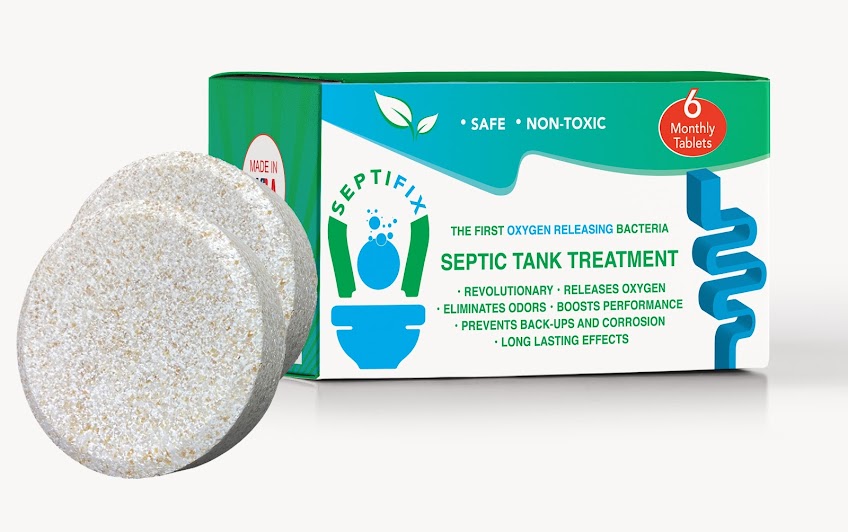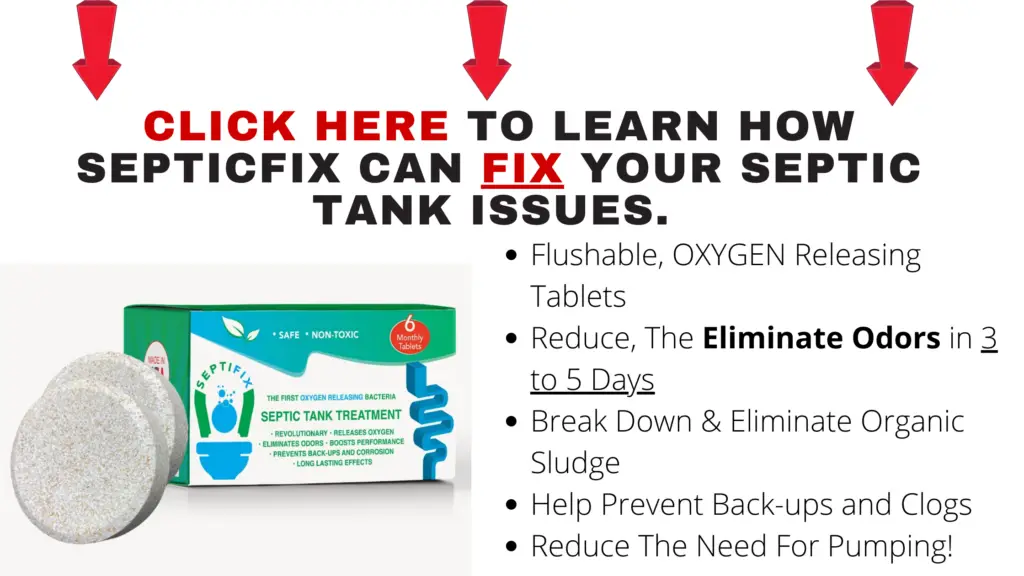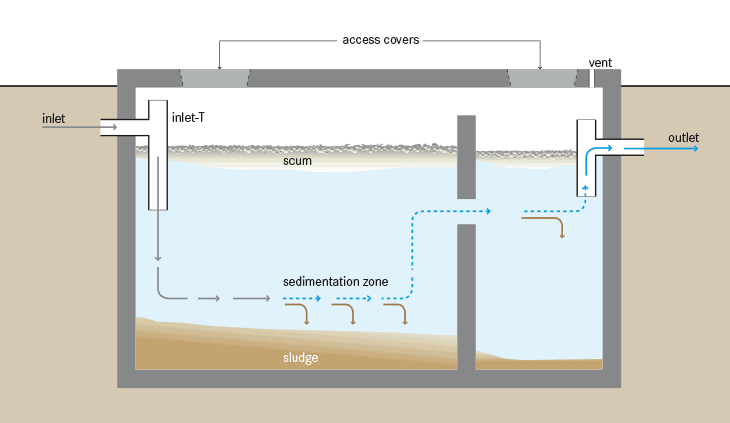How Much Weight Can A Septic Tank Withstand?
It is extremely likely that your home or business establishment has a septic tank, but the important question is do you know where it is located? Your septic tank is buried under your property and is made of either concrete, fiberglass, or polyethylene. It is important to know where your septic tank is situated in order for you to know where NOT to apply extreme weight. If you are unaware of the location of your septic tank, you could be driving or parking over it without even knowing, risking potential septic problems from septic tank damage.
Get Local Septic Tank Service Here
How much weight can a septic tank withstand? There is no straightforward numerical figure published as to the weight pressure that an underground septic tank can endure. However, you should know that everyone is advised to avoid driving and parking vehicles or heavy machinery over a septic tank location. Subjecting your underground septic tank to heavy weight from cars, trucks, or tractors, and the like, especially over an extended period of time, risks damaging the tank. Driving, parking, or building infrastructure over septic tanks risks damaging your septic tank lid, possibly leading to a cave-in. With it, a whole host of costly septic system problems.
Even lightweight vehicles such as, say a Mini Cooper can be heavy enough to inflict plenty of damage to a septic system. ATV’s, golf carts, and other similar-sized vehicles or machinery can cause undue pressure on your septic tank.

Driving over your septic tank, septic piping, or drainfield risks costly damage to the septic system, not to mention it is hazardous. Unless your septic system is fitted with special provisions such as heavy-duty sewer piping and a vehicle-rated a septic tank cover, you should always remember never to drive vehicles or operate heavy machinery over septic system piping or your septic tank.
Get Local Septic Tank Service Here
Can you park on top of a septic tank?
Though it is possible to install septic tank covers that have been rated for withstanding heavy loads such as motor vehicles, generic “as-installed” residential septic tank covers are typically not built for withstanding such weight, less so constant traffic.
Septic tanks should never be built underneath driveways or garages. Your septic tank is ideally situated underneath a soft area of land and away from constant heavy traffic. If at all possible, mark off the area under which your septic tank is placed. This is so you can be sure not to drive over it and, more importantly, never to park on top of it.
So yes, parking or driving over a septic tank should be avoided, and even moreso during wet weather conditions. When the ground soaks up a high amount of moisture, significantly heavy weight, such as from motor vehicles, machinery, and heavy equipment atop the vulnerable soil can cause a shift in the ground. This can result to serious damage to your septic tank, an increase in the likelihood of poor sewage distribution, and worse – a rupture. Always exercise caution especially around your outdoor septic plumbing system when the ground is wet. It’s when your septic tank system is at its most prone to disturbance and damage.
Get Local Septic Tank Service Here
Can you build over a septic tank?
It is never advisable to build a structure over any part of your septic system. The most common difficulty doing so presents is that septic maintenance (like routine pumping) or repair becomes a bother because of curtailed access to the septic tank.
A lot of home or business establishment owners have their septic tanks situated under wooden decks, pool patios, driveways, or other structure annexes. Most of the time, this is so because the property owner is basically unaware of his or her septic tank location and/or have failed to plan accordingly for septic maintenance or repair down the line.
Your septic tank requires periodic pumping and maintenance, and so keeping it accessible is highly important. If you do build over your septic tank, pumping and maintaining it can be arduous. A solution to building over your septic tank is to install removable boards or trap doors in order to maintain convenient access to the septic tank. No permanent structures should be built over any portion of your septic system, but with removable boards, you can at least still pump out your septic tank regularly.
Your drainfield, on the other hand, utilizes the soil around it to process the effluent coming from the septic tank. Building on top of your drainfield will severely impair this functionality. This is not yet mentioning the fact that you would be building over an entire area that contains sewage water, which is highly unsanitary.
It is not recommended to build over your septic tank or drainfield. Maintain convenient access to the tank as this is necessary for routine inspection and maintenance, not to mention emergency repairs. Keep in mind that anything built over the tank would have to be removed when your septic tank requires maintenance or repairs. It’s simply costly and impractical. Furthermore, the extreme weight of a structure built over a septic tank could damage the unit. Toxic gases that might escape from the septic tank are highly hazardous to people’s and pets’ health. Worst case scenarios could also include explosive damage to the structure due to the gaseous matter. Building over your drainfield compacts the soils and can damage the underground apparatus leading to septic system failure.
Get Local Septic Tank Service Here
Can you drive on a septic leach field?
No, driving over your septic drainfield is likewise never recommended. Although, infrequent driving of light vehicles should be fairly harmless to a properly installed leach field. However, wet weather conditions mitigate heavy packing of the soil over the sewage distribution lines and this poses negative implications on your drainfield’s effectiveness. As much as you are able to help it, avoid allowing very heavy vehicles or equipment (such as oil delivery trucks, pool water trucks, cement mixers, and the like) drive directly over the field.
Driving over your septic leach field once should not cause any long-term damage. Especially if what you have is a stone and pipe system. Though, if you were to drive over it constantly, this will likely compact the fill above the system and jeopardize the system’s ventilation. This could eventually result to unhelpful bacteria growth and clogging.
As a safety rule-of-thumb, remember that driving or parking on a drainfield can hamper its functions because of compaction of the soil and the loss of adequate ventilation through the surface. This is also to avoid septic problems caused by crushed broken piping. Any heavy machinery or vehicle larger than a child’s bicycle is always a bad idea.
Get Local Septic Tank Service Here
Other Things to Avoid to Keep Your Septic System in Good Condition
Always keep traffic off your drainfield. No vehicles, heavy equipment or livestock should be frequenting your drainfield area. These apply pressure that can compact the soil or even damage the septic system piping.
Too much chemical substances can poison your septic tank. Drain cleaners, toilet bowl cleaners, paints solvents, waxes, coating or stripper agents, and other similar chemicals may be harmful to the healthy bacteria in the septic tank. This results to inefficient processing of sewage.

Garbage disposal units. Garbage grinders substantially contribute to the accumulation of solid wastes in the septic tank. If you have a garbage disposal unit, you are risking allowing solid wastes to find their way into your drainfield. The disadvantages of garbage disposal units significantly outweigh the convenience they might offer and so they are not recommended for households or establishments with dedicated septic systems. If you require the use of a garbage disposal, the size of your septic tank has to be increased or you should have provisions for the discharge to run through to a separate tank (a trash tank). Your garbage disposal unit should be discharging into a separate leaching system. Also, if you have a garbage disposal unit, septic tank pumping should be done more frequently. A better alternative is to compost your kitchen scraps.
Do not allow these wastes to find their way into your septic system:
- Fats or grease
- Coffee grounds, egg shells, nut shells
- Cigarette stubs or butts
- Disposable diapers, sanitary napkins, tampons or condoms
- Rags or paper towels
- Paints, motor oils, fuels or other toxic chemicals
Runoff water. Water from roofs, driveways, or patios could overwhelm your drainfield, causing septic damage. Relatedly, do not dispose of hot tub or spa water into the system. The large volume of water can overload the system and the disinfectant in the spa water can be harmful to the important bacteria in your septic system.
There is no question about it, your septic tank system truly play a vital role in your home or business establishment. Every time anybody runs the tap, flushes the toilet or does the laundry, your septic tank system comes into action. Water (and the waste it carries) has to efficiently travel out of your facility and into what is hopefully a robust and well-maintained septic tank. Do what you can to diminish, if not totally eliminate, the burdens on your septic system.
https://thepinkplumber.com/blog/3-risks-of-driving-over-or-parking-on-a-septic-tank/
https://clearchoicescleanwater.org/uploads/88/docs/1399septic_FAQs.pdf
https://inspectapedia.com/septic/Dont_Drive_On_Septics.php
https://www.tractorbynet.com/forums/owning-operating/82168-driving-over-septic.html











